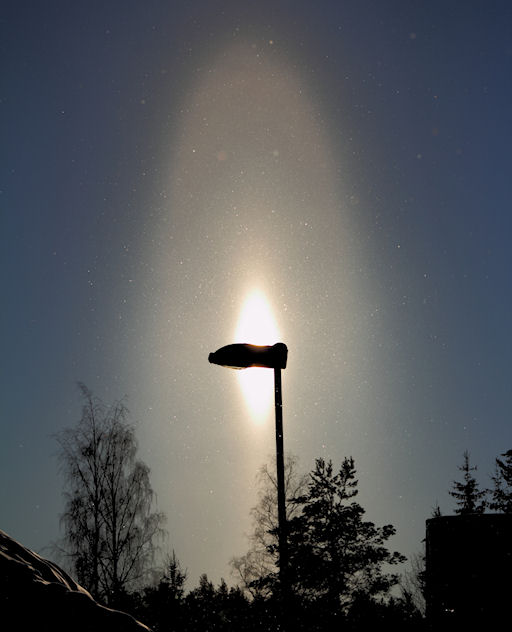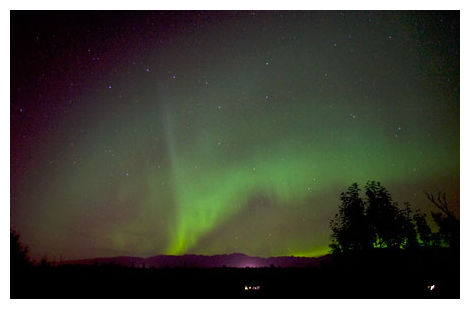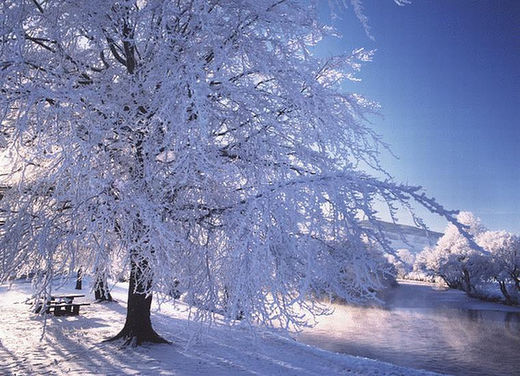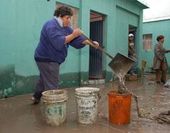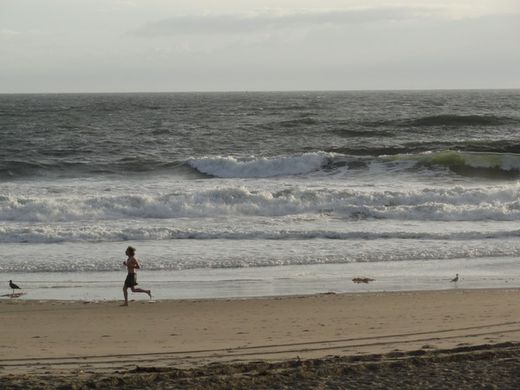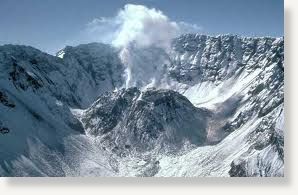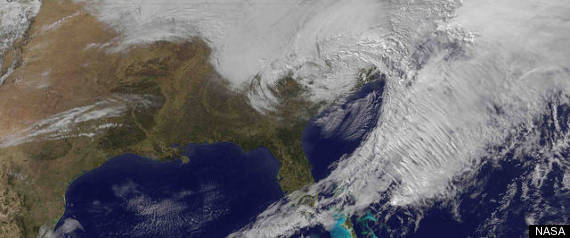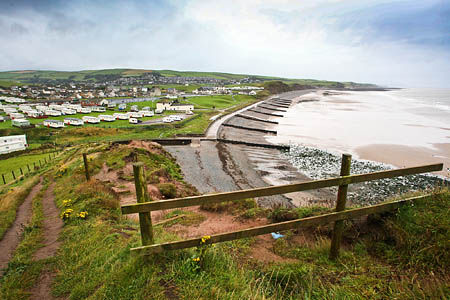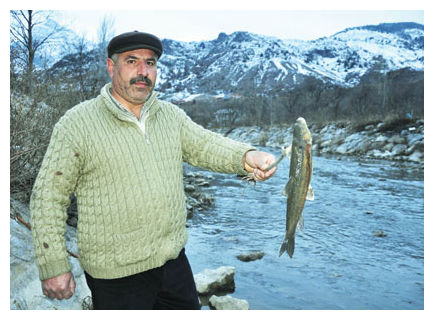
Sudden and unexplained mass fish deaths in the Black Sea region of Turkey have local residents worried about the safety of their water supply and calling on officials to solve the mystery.
When residents in Mescitli village in Gümüşhane province first observed dead fish in Harşit stream 15 days ago, they thought the fish had died of natural causes, said village head Cenk İnce.
"However, when we realized the number of dead fish had risen, we urgently informed the officials. There were fish for two kilometers along the shore, which worried us. We are using the stream's water in our agricultural activities," İnce said, according to the Doğan news agency, or DHA. He added that the villagers have urged officials to investigate immediately.
The provincial directorates of health, forest, environment and agricultural have reportedly launched an investigation, taking samples of the dead fish and the water from the stream.
Locals believe the deaths are due to pollution. "The fish died due to pollution produced by people," one villager said.
